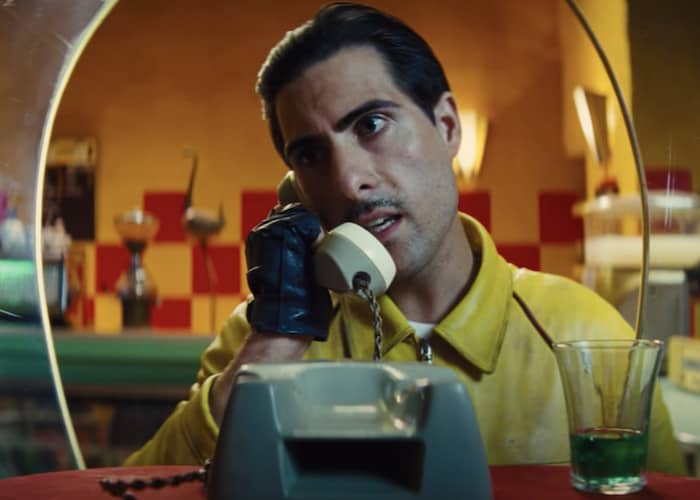Welcome to The Queue — your daily distraction of curated video content sourced from across the web.
In 2013, the reigning purveyor of twee, Wes Anderson, made a short with Prada called Castello Cavalcanti. In the film, an unsuccessful American race car driver played by Jason Schwartzman finds himself stranded in a small Italian town after crashing his car into a religious statue in the square. As he pulls himself from the wreckage and sets off to find a drink, the driver is unable to fully understand — or be understood by — the locals. That is until he discovers that he has roots in the town and, finally, decides to miss the bus and stay a while.
The following video essay unpacks how Anderson conveys the linguistic barrier in Castello Cavalcanti by crafting a new dialogue out of camera movements: pans that gesture towards the limitations and possibilities of communication itself. In this reading, Castello Cavalcanti arguably features the most narratively justified iteration of the controlled point-to-point camera movement that has come to be so associated with the director’s style. It’s an evocatively rendered transition that could only exist on film — from spotty connections to a common ground, quizzical pans to a united center-frame.
You can watch “Wes Anderson’s Alternative Dialogues” here:
Who made this?
Brendan Hickey is a Seattle and New York-based filmmaker attending Sarah Lawrence College in New York. You can browse his video content on his YouTube account, Pseudoscience Paperback. You can find Hickey’s official website, which includes his social links and portfolio, here.
More Videos Like This
- “Deconstructing Funny: Wes Anderson,” a video essay that explores the comedy techniques in Wes Anderson’s filmography.
- “How Wes Anderson’s Style Changed After Animation“
- “Moonrise Kingdom — Where Story Meets Style,” a video essay from Lessons From The Screenplay about how Anderson’s style is the perfect match for Moonrise Kingdom‘s story.
- Wes Anderson’s H&M holiday short Come Together
- How to write and direct movies, according to Wes Anderson

